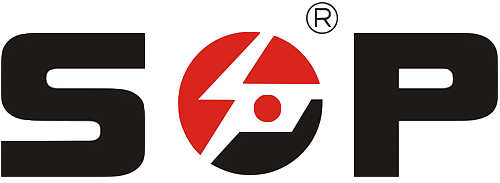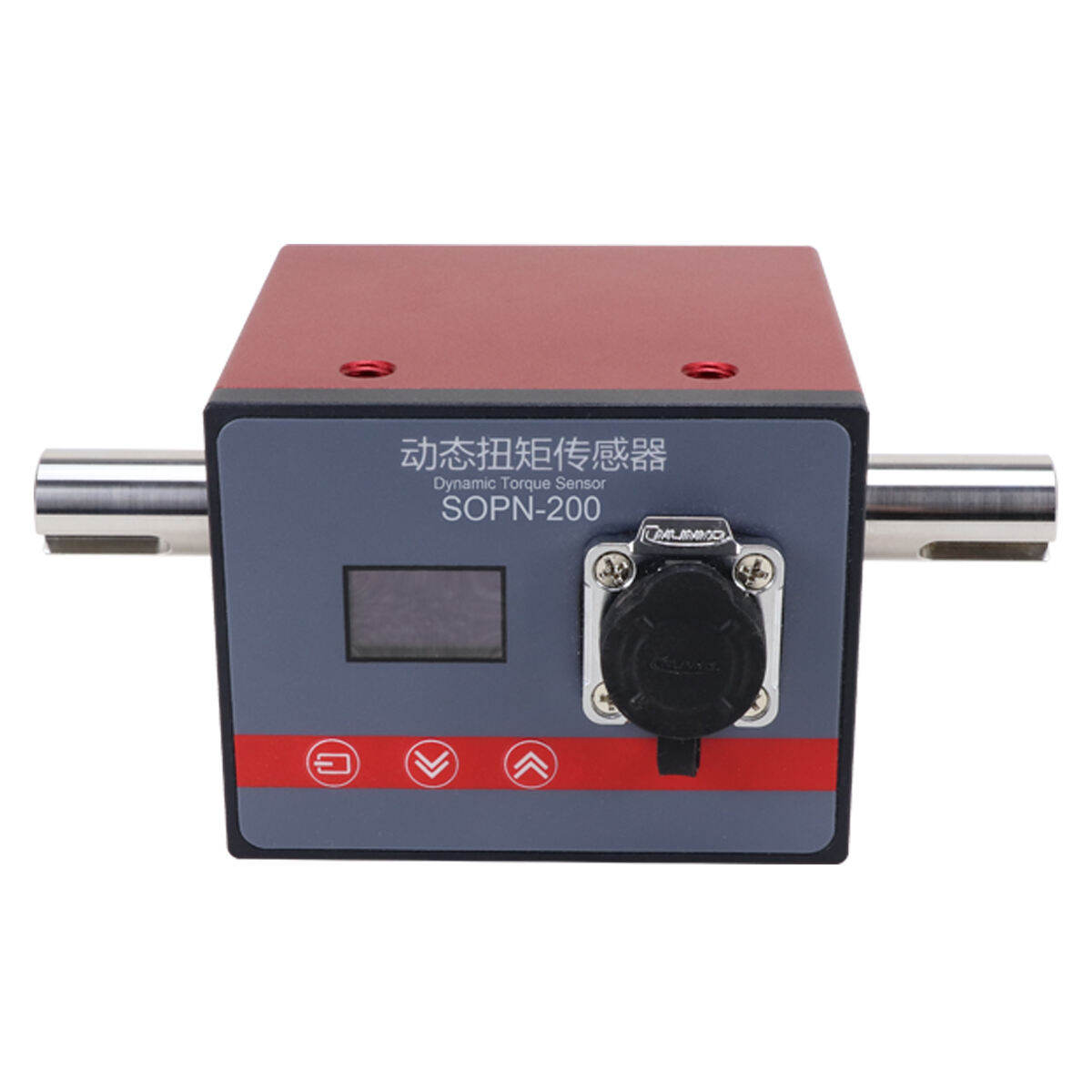Understanding the Power of Rotary Torque Measurement Technology
In the ever-evolving landscape of industrial automation and precision engineering, rotary torque sensors have emerged as critical components for measuring and monitoring rotational force. These sophisticated devices play an instrumental role across numerous industries, enabling engineers and technicians to optimize performance, ensure safety, and enhance operational efficiency. By providing accurate measurements of torque in rotating systems, these sensors have become indispensable tools in modern manufacturing and testing environments.
The significance of rotary torque sensors extends far beyond simple measurement capabilities. These devices serve as the eyes and ears of complex mechanical systems, offering real-time data that helps prevent equipment failure, improve product quality, and reduce maintenance costs. Their ability to precisely measure rotational force while maintaining system integrity has revolutionized how industries approach quality control and process optimization.

Industrial Manufacturing Applications
Production Line Integration
In manufacturing facilities, rotary torque sensors are extensively utilized to monitor and control production line operations. These sensors are crucial for ensuring consistent product quality by measuring the torque applied during assembly processes. For instance, in automotive manufacturing, rotary torque sensors verify that bolts and fasteners are tightened to exact specifications, preventing both over-tightening that could damage components and under-tightening that could compromise safety.
Modern production lines rely on rotary torque sensors to maintain precise control over automated assembly systems. These sensors provide feedback to control systems, allowing for real-time adjustments to maintain optimal torque levels throughout the manufacturing process. This level of control is essential for achieving high-quality results and reducing waste due to improper assembly.
Quality Control Systems
Quality assurance departments depend heavily on rotary torque sensors to validate product specifications and ensure compliance with industry standards. These sensors are integrated into testing equipment to measure the torque characteristics of manufactured components, from small electronic devices to large industrial machinery. The data collected helps identify potential defects early in the production process, saving both time and resources.
By incorporating rotary torque sensors into quality control processes, manufacturers can maintain consistent product quality while documenting compliance with regulatory requirements. This documentation is particularly important in industries with strict quality control standards, such as aerospace and medical device manufacturing.

Automotive Industry Implementation
Engine Development and Testing
The automotive industry relies extensively on rotary torque sensors during engine development and testing phases. These sensors measure engine output torque, helping engineers optimize performance and efficiency. During dynamometer testing, rotary torque sensors provide crucial data about engine power delivery, fuel efficiency, and overall performance characteristics.
Engine manufacturers use this torque measurement data to fine-tune engine designs, validate performance specifications, and ensure compliance with emissions regulations. The precise measurements provided by rotary torque sensors are essential for developing next-generation powertrains, including hybrid and electric vehicle systems.
Transmission System Optimization
In transmission development, rotary torque sensors play a vital role in analyzing and optimizing gear engagement and power transfer efficiency. These sensors help engineers understand how different transmission designs handle torque loads under various operating conditions. This information is crucial for developing more efficient and durable transmission systems.
Modern automatic transmissions utilize rotary torque sensor data to optimize shift timing and pressure, resulting in smoother operation and improved fuel efficiency. The real-time torque measurements also help prevent damage to transmission components by detecting excessive loads before they cause failure.
Aerospace and Defense Applications
Aircraft Component Testing
The aerospace industry employs rotary torque sensors in critical testing applications for aircraft components. From testing propeller systems to evaluating control surface actuators, these sensors ensure that components meet stringent safety and performance requirements. The high-precision measurements provided by rotary torque sensors are essential for validating the reliability of flight-critical systems.
During the development of new aircraft systems, rotary torque sensors help engineers understand how components perform under various operating conditions. This data is crucial for optimizing design parameters and ensuring long-term reliability in demanding aerospace applications.
Propulsion System Development
In the development of aircraft propulsion systems, rotary torque sensors provide vital data about engine performance and efficiency. These measurements help engineers optimize engine designs for maximum thrust while minimizing fuel consumption. The sensors also play a crucial role in testing and validating new propulsion technologies, including electric and hybrid systems.
Rotary torque sensors are particularly important in helicopter development, where precise measurement of rotor system torque is critical for safety and performance. These sensors help engineers understand how rotor systems perform under different flight conditions and load scenarios.
Power Generation and Energy Sector
Turbine Monitoring Systems
In power generation facilities, rotary torque sensors are essential for monitoring the performance of turbines and generators. These sensors provide real-time data about power output and mechanical stress, helping operators optimize efficiency and prevent equipment damage. The continuous monitoring of torque levels helps identify potential problems before they lead to costly failures.
Wind turbine manufacturers utilize rotary torque sensors to optimize blade pitch control and power generation efficiency. These sensors help ensure that turbines operate safely under varying wind conditions while maximizing energy production. The data collected also assists in predictive maintenance scheduling, reducing downtime and maintenance costs.
Generator Performance Optimization
Electric power generators rely on rotary torque sensors for performance monitoring and optimization. These sensors help operators maintain optimal operating conditions by providing real-time feedback about mechanical loads and power output. This information is crucial for maximizing generator efficiency and extending equipment life.
In renewable energy applications, rotary torque sensors help engineers develop more efficient power generation systems. The precise measurement of torque in various operating conditions enables the optimization of system designs for maximum energy capture and conversion efficiency.
Frequently Asked Questions
How do rotary torque sensors improve manufacturing efficiency?
Rotary torque sensors enhance manufacturing efficiency by providing real-time feedback for process control, ensuring consistent product quality, and reducing waste through precise torque measurement. They enable automated systems to maintain optimal operating parameters and help identify potential problems before they cause production delays or quality issues.
What are the key maintenance considerations for rotary torque sensors?
Regular calibration, proper alignment during installation, and protection from environmental factors are essential for maintaining rotary torque sensor accuracy. Users should follow manufacturer-recommended maintenance schedules, ensure proper electrical connections, and protect sensors from excessive temperature, vibration, and contamination.
How do rotary torque sensors contribute to product development?
Rotary torque sensors provide crucial data during product development by enabling engineers to validate design specifications, optimize performance parameters, and ensure compliance with industry standards. They help in prototyping, testing, and refinement of new products across various industries, from automotive to aerospace applications.

